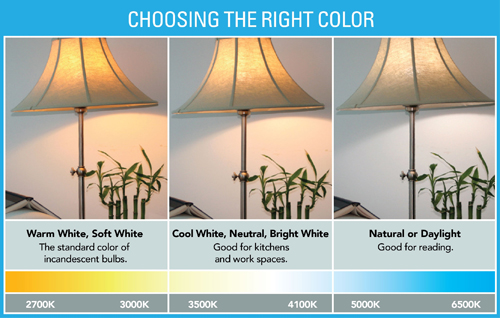- Banned
- #21
same thing they said about CFL's originally which turned out to be unnoticeable.LED light bulbs are rated to last 25,000 - 50,000 hours compared to 1,000 - 2,000 for a typical incandescent. factoring in labor to change the bulb 25 times over the lifespan as well as the decrease in the amount of energy used. this is a no-brainer. if it takes a guy 2 minutes to get the ladder, climb up and change a bulb at $20 an hour (just as an easy round number, which btw is $40k annually), the labor comes out to roughly $0.66 each change. for 25 changes that $16.67 in labor. lets say that bulbs cost $3 each. thats another $75 in materials. so total, its now cost $91.67 to use an incandescent over an LED. (this all without calculating in the energy consumption factor)
a CFL is 6,000 - 15,000 hours which is roughly 1/4 - 1/3rd the life of an LED. same example labor is the same, $0.66 but now you need to change it 4 times. CFLs cost about $6 which is $24 in material and another $16 in labor or about $40. now youre getting into a closer range, but considering that LED still uses a fraction of the amount of power, over the lifespan of that LED bulb, you more than make your money back.
its simple math.
LED light bulbs use only 2-17 watts of electricity (1/3rd to 1/30th of Incandescent or CFL). LED bulbs used in fixtures inside the home save electricity, remain cool and save money on replacement costs since LED bulbs last so long. Small LED flashlight bulbs will extend battery life 10 to 15 times longer than with incandescent bulbs.
Energy-Efficient Lighting: LED & CFL bulb information, including where to buy | Eartheasy.com
How Long Did You Say That Bulb Would Last? - NYTimes.com
LED bulbs also put off little to no heat, meaning that your electricity bill due to cooling needs will be reduced as well.
And then there is that other thing that is annoying.... the quality and color of the light is different.
Then you don't know light. It is a huge difference in light. It is a blue harsh light and not appealing at all.


 ....your tax dollars at work.
....your tax dollars at work.


